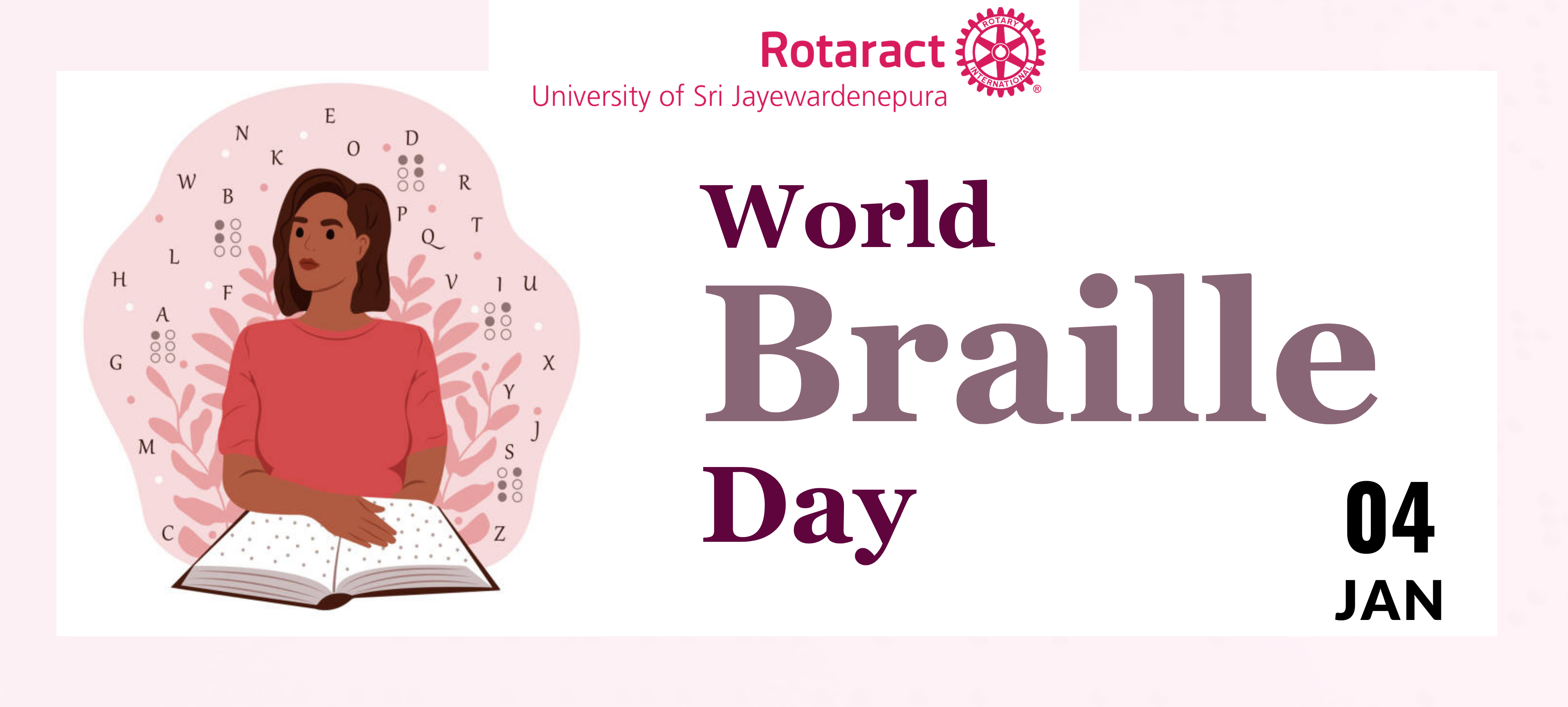World Braille Day, observed annually on January 4th, serves as a tribute to Louis Braille, the inventor of the tactile writing system that has transformed the lives of individuals with visual impairments. This day holds immense significance in acknowledging the pivotal role Braille plays in fostering literacy, education, and independence for the blind and visually impaired community.
Louis Braille, born in 1809, lost his sight due to a childhood accident. Determined to overcome the limitations imposed by his visual impairment, Braille developed the Braille code at the age of 15. This revolutionary system uses raised dots to represent letters, numbers, and symbols, allowing individuals with visual impairments to read and write effectively.
The impact of Braille on education is immeasurable. It opens doors to learning, enabling blind students to access textbooks, literature, and other educational materials. Braille literacy is not just about reading; it empowers individuals to express themselves through writing, fostering communication skills crucial for personal and professional development.
Beyond the realm of education, World Braille Day underscores the importance of inclusivity in various aspects of life. Access to information is a fundamental right, and Braille serves as a bridge, ensuring that this right is extended to everyone, regardless of their visual abilities. In a world increasingly driven by digital content, efforts to digitize Braille materials further enhance accessibility.
The celebration of World Braille Day is also an opportunity to recognize the challenges faced by the blind and visually impaired community. Despite the transformative power of Braille, there are still barriers to its widespread adoption. Limited access to Braille materials, a shortage of trained educators, and societal misconceptions about blindness pose obstacles that need collective efforts to overcome.
As we reflect on the advancements in assistive technologies, it is crucial to integrate Braille seamlessly into these innovations. From electronic Braille displays to Braille-enabled smartphones, technology has the potential to enhance accessibility and independence for the visually impaired. Embracing these advancements ensures that individuals with visual impairments can participate fully in the digital age.
World Braille Day is not only about recognizing the past achievements but also about looking forward to the future. Advocacy for Braille education, increased availability of Braille materials, and the promotion of Braille literacy programs are essential components of creating an inclusive society. Organizations, educational institutions, and governments play a pivotal role in driving these initiatives forward.
The celebration of this day extends beyond official events and gatherings. It is a call to action for communities, educators, and policymakers to prioritize the integration of Braille into mainstream education. By doing so, we pave the way for a more inclusive society where individuals with visual impairments can achieve their full potential.
In conclusion, World Braille Day stands as a testament to the enduring legacy of Louis Braille and the transformative power of Braille in the lives of millions. It serves as a reminder that equal access to information is a fundamental right, and Braille is a key tool in ensuring that this right is realized for individuals with visual impairments. As we celebrate this day, let us reaffirm our commitment to promoting Braille literacy, breaking down barriers, and creating a world where everyone can thrive, irrespective of their visual abilities.
Written by: Rtr. Methmi Ranasinghe
Graphic design by: Rtr. Keshani Weerasekara



0 Comments